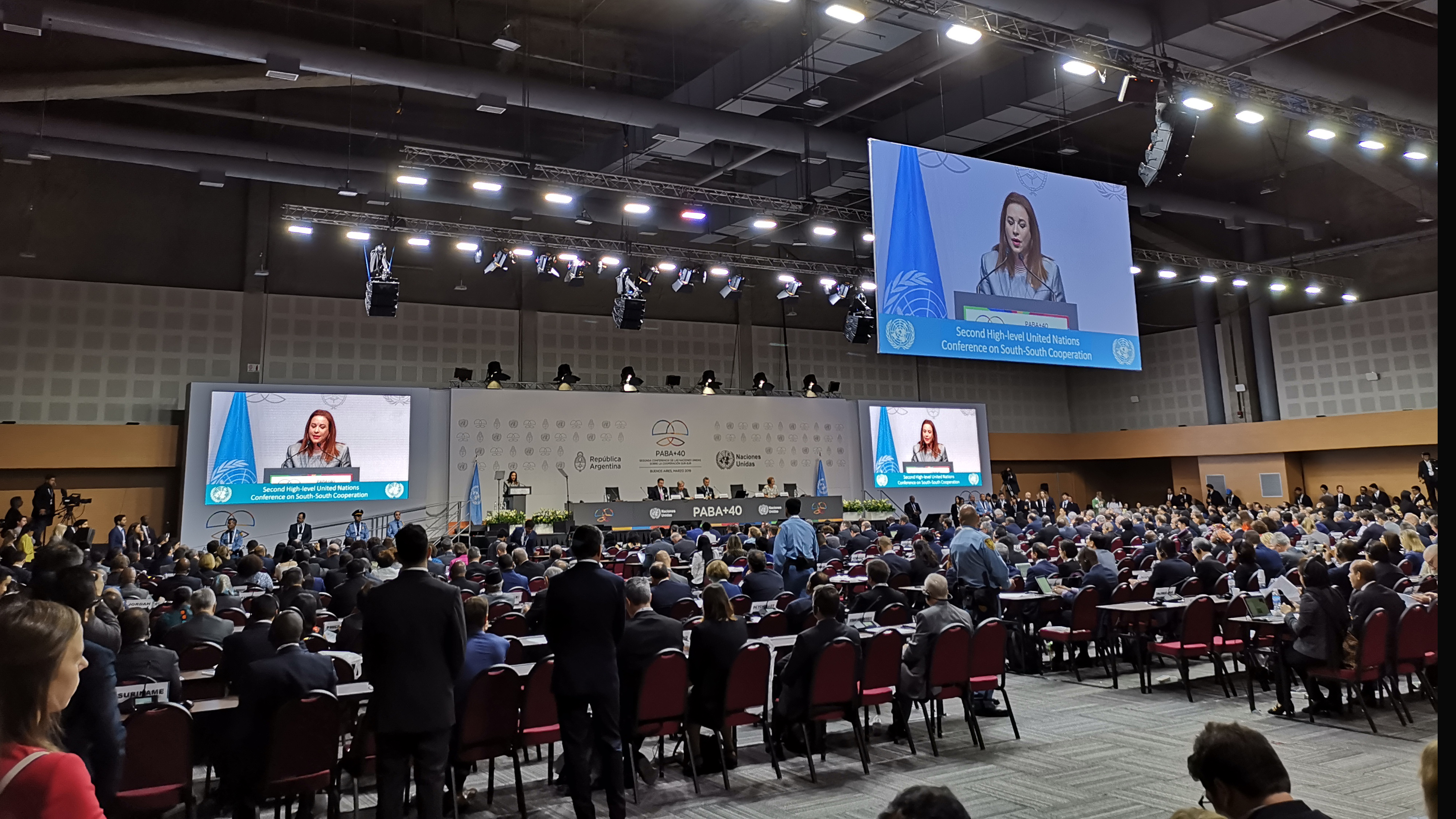
The 3 2-C Initiative for Effective Technical Cooperation
The 3 2-C Initiative for Effective Technical Cooperation
In the last two decades, many of the developing countries have accumulated substantial development experience and acquired expertise, knowledge and technology, which brought about the vast potential of these, to be shared with other countries in the south. Owing to this accumulated knowledge, coupled with the increased prosperity in the developing countries, the volume of South-South Cooperation has increased to unprecedented levels in history and it has finally come under the spotlight that it deserves.

In this context, partnerships between Islamic Development Bank (IsDB) and Member Countries’ Technical Cooperation Agencies (TCAs) were developed. They were operationalized through the joint implementation of technical cooperation activities, and later on through Reverse Linkage projects. Thus, new partnerships were forged with Member Countries’ TCAs, including:
- Azerbaijan International Development Agency (AIDA);
- Egyptian Agency of Partnership for Development (EAPD);
- Ministry of National Development Planning of Indonesia (BAPPENAS);
- Moroccan International Cooperation Agency (AMCI) (Morocco);
- Palestinian International Cooperation Agency for (AMCI) ;
- Tunisian Technical Cooperation Agency (ATCT);
- Turkish Cooperation and Coordination Agency (TIKA)

